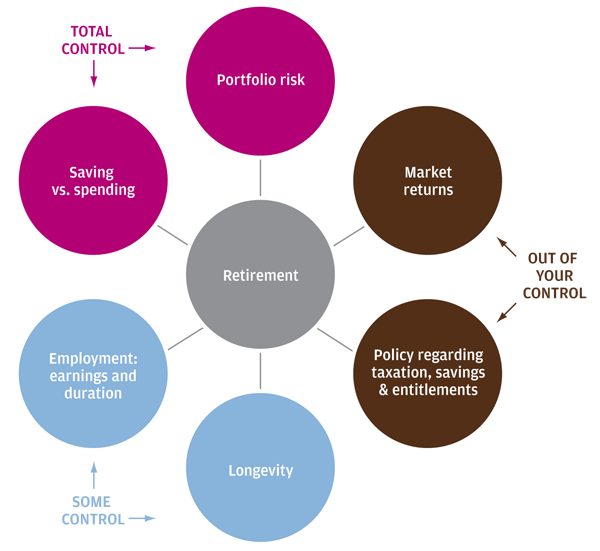The Stretch IRA strategy is a method for lengthening the life of your IRA assets, in hopes they span multiple generations. We stress the word “method” because the Stretch IRA is not actually a product – it’s a wealth preservation strategy your beneficiaries can use to stretch the life of the IRA assets they inherit from you.1
We’ll explain how it’s done below, but first we’ll help you understand the benefits.
Stretching Your IRA Can Help It Grow Tax-Deferred Longer
Stretching your IRA can lower the required withdrawal amounts your heirs have to take each year, meaning the value of your IRA can grow tax-deferred longer – a benefit that can keep the IRA in the family for generations.











